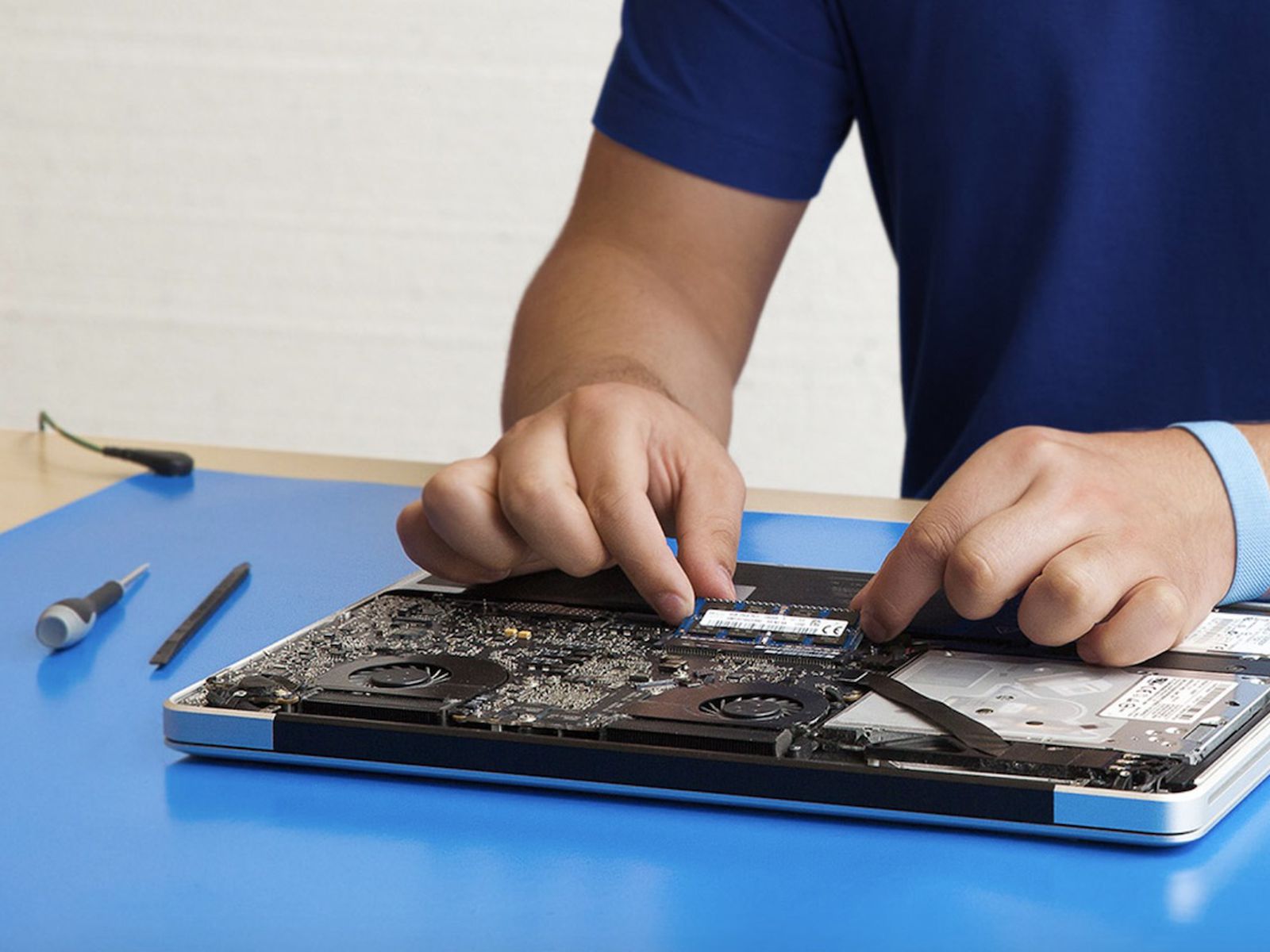Image Source: Google
MacBook Air is a popular choice among laptop users for its sleek design and powerful performance. However, like any other electronic device, it may encounter issues that require repairs. While some repairs may need professional help, there are a few common MacBook Air problems that you can easily tackle at home with the right tools and guidance. In this article, we will discuss five common MacBook Air repairs services that you can do on your own.
1. Battery Replacement
Symptoms of a Faulty Battery:
- Short battery life
- MacBook Air not turning on
- Overheating
Steps to Replace the Battery:
- Turn off your MacBook Air and unplug the power adapter.
- Remove the screws on the bottom case to access the battery.
- Disconnect the old battery and replace it with a new one.
- Secure the new battery in place and reassemble your MacBook Air.
2. Cleaning the Keyboard
Signs Your Keyboard Needs Cleaning:
- Keys are sticking
- Dust and debris between keys
- Unresponsive keys
Steps to Clean the Keyboard:
- Turn off your MacBook Air and unplug it.
- Gently turn your MacBook Air upside down and shake to remove debris.
- Use a can of compressed air to blow away dust and dirt.
- Clean the keys with a soft, damp cloth or a cleaning solution.
3. Upgrading RAM
Signs Your MacBook Air Needs More RAM:
- Slow performance when running multiple applications
- Frequent freezing or crashing
- Not enough memory for tasks
Steps to Upgrade RAM:
- Check your MacBook Air model to ensure compatibility with new RAM.
- Turn off your MacBook Air and unplug it.
- Remove the screws on the bottom case to access the internal components.
- Replace the old RAM modules with new ones and secure them in place.
- Reassemble your MacBook Air and turn it on to check the new RAM.
4. Fixing a Loose Charger Port
Indications of a Loose Charger Port:
- Charger not staying connected
- Intermittent charging
- Visible damage to the port
Steps to Fix a Loose Charger Port:
- Turn off your MacBook Air and unplug it.
- Inspect the charger port for any visible damage or debris.
- Gently realign the port or remove any obstructions with a soft brush.
- If the port is damaged, consider replacing it with a new one.
- Test the charger connection to ensure it is secure and charging properly.
5. Resolving Overheating Issues
Common Causes of MacBook Air Overheating:
- Dust accumulation in the vents
- Heavy usage of processor-intensive applications
- Improper ventilation
Ways to Resolve Overheating Problems:
- Turn off your MacBook Air and let it cool down.
- Clean the vents with compressed air to remove dust and debris.
- Avoid using your MacBook Air on soft surfaces that block ventilation.
- Close unnecessary applications running in the background.
- Consider using a laptop cooling pad to help dissipate heat.
